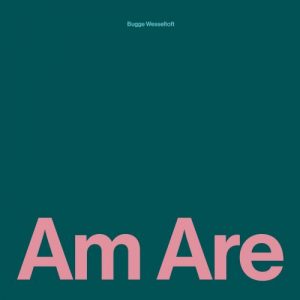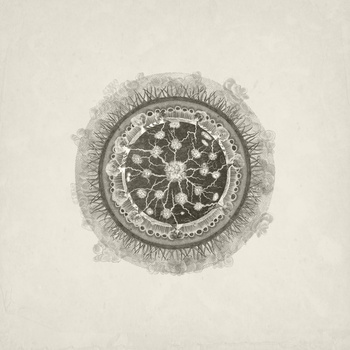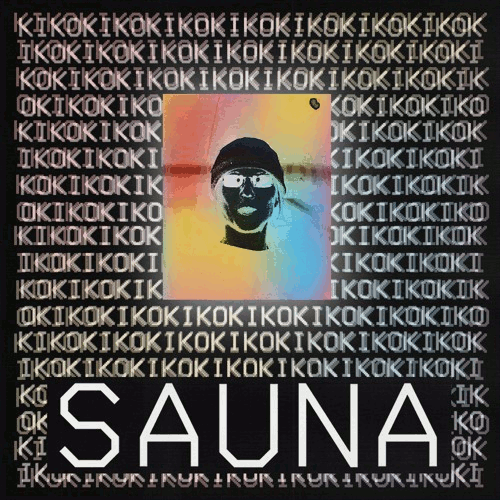 A lot of Bugge Wesseltoft‘s time is spent as part of the group that runs Jazzland Recordings and being involved in a myriad of musical collaborations; but every now and again, he has an opportunity to release an album under his own name.
A lot of Bugge Wesseltoft‘s time is spent as part of the group that runs Jazzland Recordings and being involved in a myriad of musical collaborations; but every now and again, he has an opportunity to release an album under his own name.
The title of the latest Am Are reflects 2022’s Be Am, but is almost the antithesis of that light piano conversation with himself. Here, the ten tracks presented are made up of sessions with four different trios as well as a solo piece, a duo and a vocal track.
It feels as though he has gone to the pub and it is filled with different groups of friends that are intent on different conversations, and he is flitting around like a social butterfly, dipping in here and dipping in there.
The gentle ruminative opener “How?” is a taster, a re-introduction to his slow-build style and note selection, a melancholy piece that is simple yet effective; a palate cleanser for the adventures ahead. With Elias Tajford on drums, “ReiN” changes the mood with fuzzy synths and a hypnotic repetition. There is a funky edge, playful yet obsessive, and the drums rattle and urge the piece on. The swell of synths turns a little wild, with the piano shadowing as your ears are filled with the wash of cymbals. The only vocal track on the album finds Rohey Taalah struggling soulfully over a slow bass sway. Rohey’s voice is filled with solitude and despair, and her sentiments are laid bare over a minimalist skeleton of a song. It is a gorgeous melody, yet the words hit hard; Rohey’s soft cry “There is no comfort here, please come save me” is comforted by Martin Myhre Olsen‘s sax, but really is lost in its own world. Thankfully the trio with Arild Andersen and Gard Nilssen changes the mood with acoustic bass and skipping drums . The piano is a little more strident on “BAG” and the trio circle around, leaving room for a bass solo; while “Reel” is more sparse, isolated on a mountain top, leaving plenty of space for contemplation.The trio that involves Sveinung Hovensjø and Jon Christensen is a more psychedelic affair, with Fender Rhodes and Korg offering a spaced-out distance. The fuzz bass on “Render” is delicious and the drums patter loosely. These guys have been playing together for many years now, and the familiarity and willingness to stretch is palpable. The bells against the shimmering keys made me think of goats adrift up a hillside, their coats stark against the a building body of clouds. “Vender” is more about the interaction of different synths and has different momentum, as if they have spent time ascending an isolate climb, only to be rewarded by an incredible yet unexpected view.
A further trio with Jens Mikkel Madsen and Øyunn is far more pastoral. There is a romance to Bugge’s piano here, with a progressive drum pattern that hints at danceability but is unable to settle as the piano keeps leading the rhythm section astray. It feels like lots of ideas cobbled together, a patchwork quilt of thoughts dashed off with Øyunn and Jens joyfully joining in. The changes of pace and the general helter-skelter feel throw us into the addictive melody of the title track and before long we are at the end. The final track “Think AheaD” changes mood again, with Sanskriti Shrestha‘s tablas again taking us to a contemplative place with Oddrun Lilja‘s guitar a wavering mirage settled over gentle waterfall piano. An abstract breakdown in the middle gives the impression that it was recorded outdoors as ambient noises come to the fore; a deconstruction that sets the tablas adrift, just about staying afloat as a wild shower passes quickly through. It is a nicely unsettled end to a collection of pieces that are tied together by Bugge’s unique ideas.Am Are works well as an introduction to his sound world, but also as the next chapter in his ongoing musical search. Still unresolved, long may that search continue.
-Mr Olivetti-



